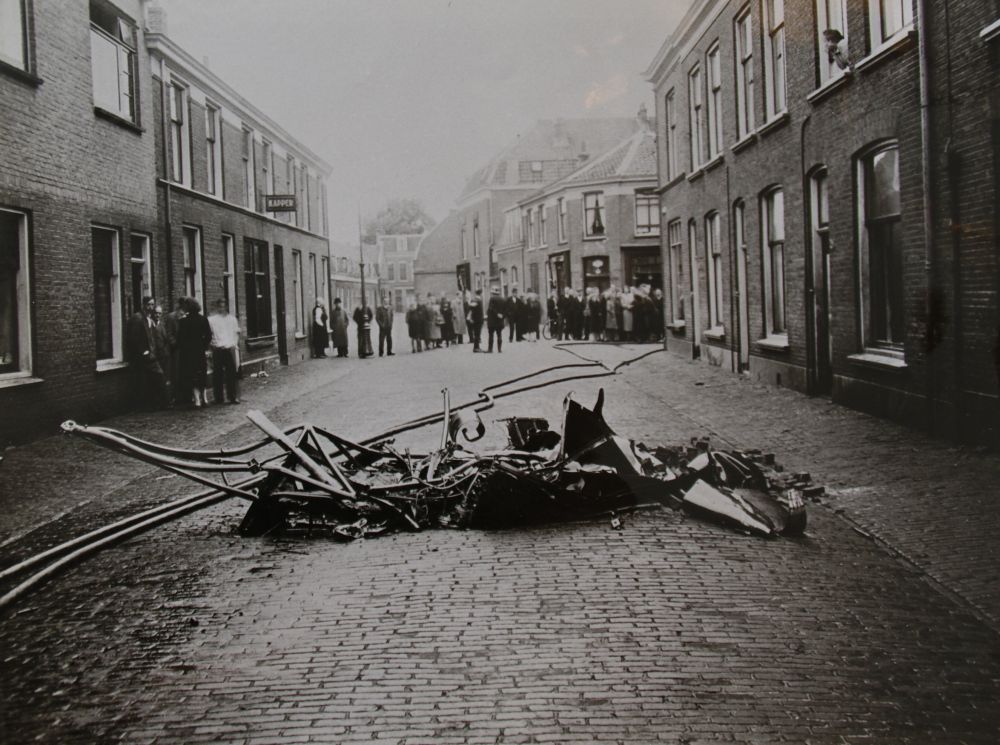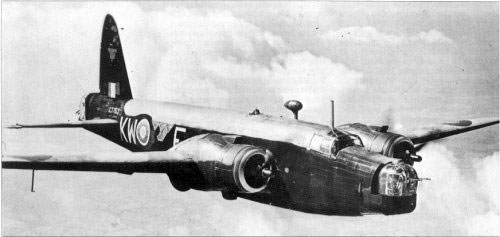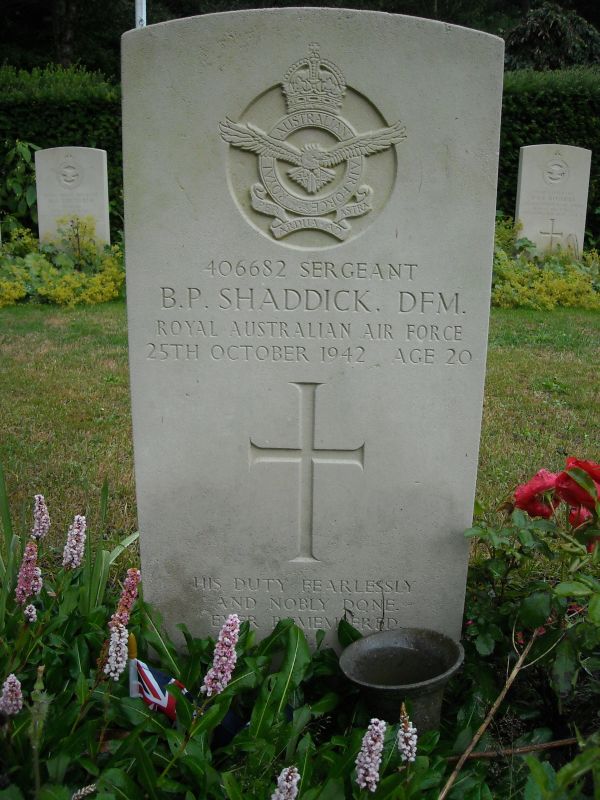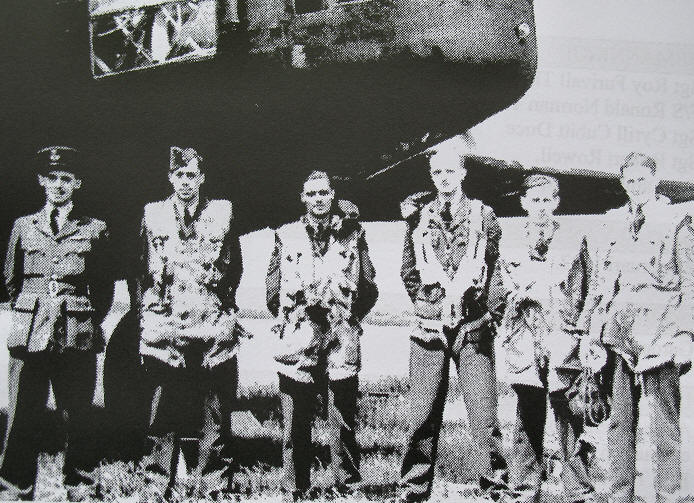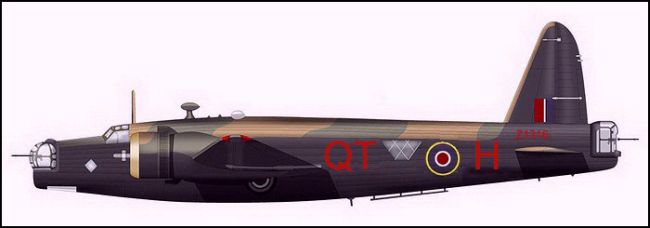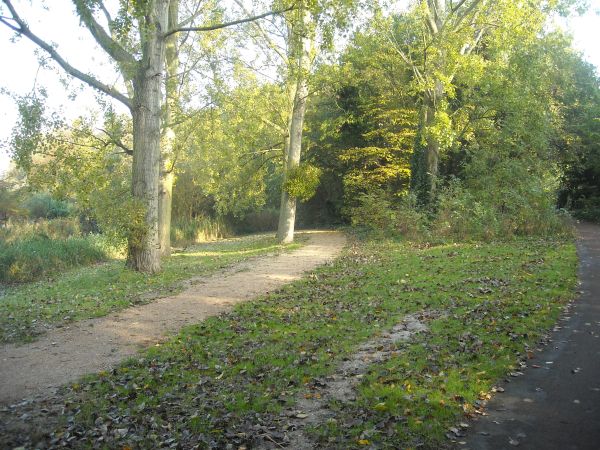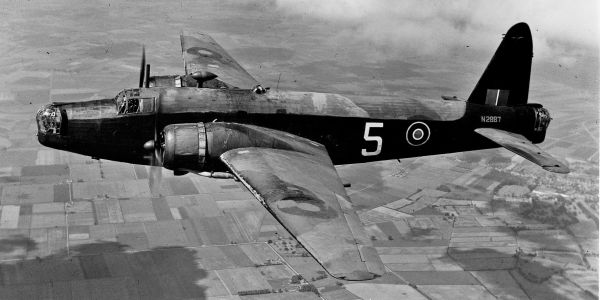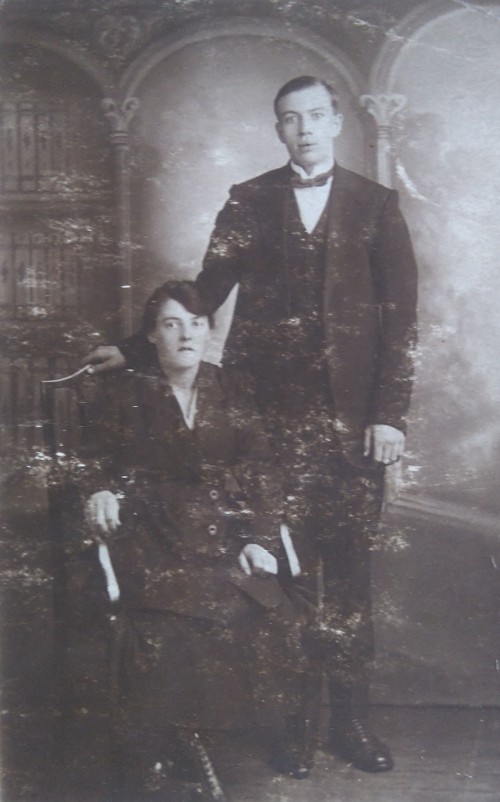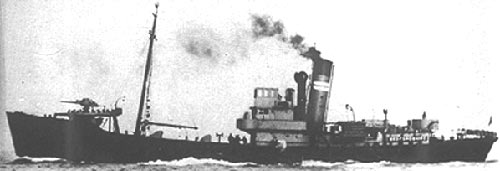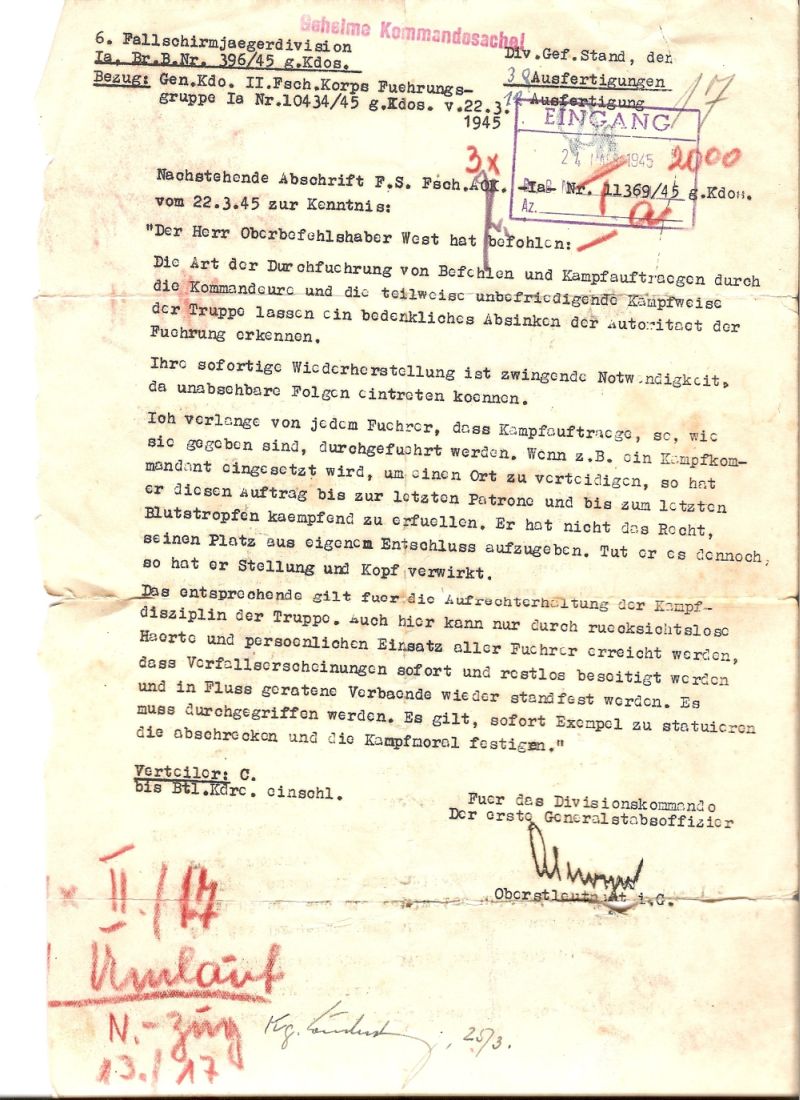Articles
- Article by Samuel de Korte
- Published on December 24th, 2018
Crash of Lancaster ED928 at Utrecht
On the night of 22 -23 June 1943, a British bomber was shot down by a German night fighter. The four-engine aircraft was on its way to Germany, but never made it there. Instead, the plane exploded. Burning fragments of the plane fell down in the Wittevrouwen district of Utrecht. There were several victims, including five civilians and five crew members.
- Article by Pieter Schlebaum
- Published on September 14th, 2016
Crash of Wellington BK198 near Bergen
The Runnymede Memorial at Englefield Green – overlooking the River Thames – commemorates by name more than 20.000 Commonwealth airmen who were lost in World War Two during operations from bases in North and Western Europe, and who have no known graves. Their names are engraved into the stone walls of the memorial, according to country, year of death and rank. Most of these airmen where lost without trace over sea. Such was the fate of three members of the crew of Wellington BK198. This aircraft from No.142 Squadron was lost on a so-called ‘gardening’ operation on the night of 7/8 November 1942. Although the machine crashed only kilometres from the Dutch coast and German sources mention four airmen were washed ashore the following day, only two members out of the crew of five have a known grave.
- Article by Pieter Schlebaum
- Published on March 23rd, 2014
Crash of Wellington X3455 near Goeree Overflakkee
American Gerald Reyburn, nicknamed 'Jerry' by the other members of his crew, left his hometown Louisville aged 18 when he volunteered to fly in the Royal Canadian Air Force before the United States had entered the war. His parents, brother and sister would not see him again, as he was reported 'Missing, believed killed in action' when his Wellington was lost over Holland in the autumn of 1942. His family knew nothing about the fate of Reyburn, till 1947, when they learned he was buried in Rockanje. 'Jerry' was the Air Gunner in the crew of Wellington X3455 of 142 Squadron, which was lost on a mission to Milan during the night of 24/25 October 1942.
- Article by Pieter Schlebaum
- Published on January 14th, 2022
Crash of Wellington Z1207 near Terschelling
The Dutch Frisian Islands are the most northern part of The Netherlands. During the war more than 350 Commonwealth killed servicemen – mainly airmen and navy personnel – washed ashore on the islands beaches. Many of them could not be identified and were buried as unkowns. Most airmen were single members of crews which were lost over the North Sea. Like Pilot Officer Parslow and Sergeant Swingler, who are buried in the cemeteries on Ameland and Terschelling. They were two members of a six men Wellington crew that was lost on the night of 20/21 January 1942. The bodies of their companions were never found and these men are commemorated on the Runnymede Memorial.
- Article by Pieter Schlebaum
- Published on October 22nd, 2016
Crash of Wellington Z1316 near Olmen-Heivoort
In the early morning of 30 July 1942 the inhabitants of the Belgian villages of Olmen and Balen were woken by a fierce air battle over the town. A German night fighter targeted a Wellington bomber of No.142 Squadron returning from a raid on Saarbrucken. The fight was finally resolved in a victory for German fighter ace Oberleutnant Eckart-Wilhelm von Bonin. The bomber crashed in a meadow near Olmen and immediately caught fire. All six crew members were killed in the crash.
- Article by Pieter Schlebaum
- Published on September 7th, 2010
Crash of Wellington Z1321 near Vlaardingen
At exactly midnight on 25 to 26 March 1942, engine humming is heard for the umpteenth time by the crew of the observation post of the Luchtbeschermingsdienst (air protection service) Vlaardingen. The searchlights are switched on in south-eastern, southern and north-east direction. Shooting starts. More searchlights are switched on. A British bomber gets caught in the beams of light. The pilot of the machine tries to flee into the darkness, but his attempted escape fails. Above the city the plane gets hit. Seven minutes after midnight, the plane crashes in the direction of the city of Delft.
- Article by Pieter Schlebaum
- Published on June 1st, 2015
Crash of Wellington Z1466 near Echt
The average age of the 125.000 volunteers who flew the aircraft of Bomber Command during the Second World War was only 22 years. 55.573 of them failed to return, an attrition rate unequalled by any other arm of the allied forces. Bomber crews had an average life expectancy which was shorter than that of soldiers on the Western Front in World War One. There was hardly time for new pilots to gain some experience before taking their crew into combat. The average age of the crew of Wellington Z1466 was even lower. Canadian Flight Sergeant Chipman Fraser was the eldest at only 22. His compatriot and pilot, Flight Sergeant Harold Heath, had only just turned 19 when the crew was posted to No.142 Squadron and Heath had to take them to the air.
- Article by Lennard Bolijn
- Published on June 18th, 2023
Edward Swart, a Briton forever connected to the Netherlands
The story of Edward Cornelius Martin Swart, an Air Gunner in the Royal Air Force, who was killed in a crash on 4 November 1944 and is buried in the Overloon Commonwealth War Cemetery in the Netherlands.
- Article by Pieter Schlebaum
- Published on December 30th, 2011
Fate of the crew of HMS Cayton Wyke
The Roman Catholic churchyard at the Kloosterweg in Brielle provides a place for a war grave of the Commonwealth. It concerns the grave of Seaman John Thomas Cook DSM of the Royal Naval Reserve (Patrol Service). As a result of the somewhat unclear data of the Commonwealth War Graves Commission, the grave is a bit difficult to locate. Also the widow and children of Seaman Cook for a long time were not aware where their husband and father had been buried. Their husband and father perished when his ship, HMS Cayton Wyke, had been sunk off the coast of Kent.
- Article by Joshua Rijsdam
- Published on June 8th, 2019
Gerard Hueting, escape help to two airmen in March 1945
Seventy years ago I came in contact with two crew members of the shot-down American Boeing Fortress (number 43-37913): John Stevens and Stanley Johnston. About a whole lifetime has passed and of course throughout the years memories have been faded and some are completely lost. That is why it is interesting to compare my memories of what happened during the dangerous journey through German-occupied East-Holland with those of John Stevens. Through mediation of Jaap de Boer, a member of the workgroup "Seattle Sleeper", I was able to read John Stevens' report.
